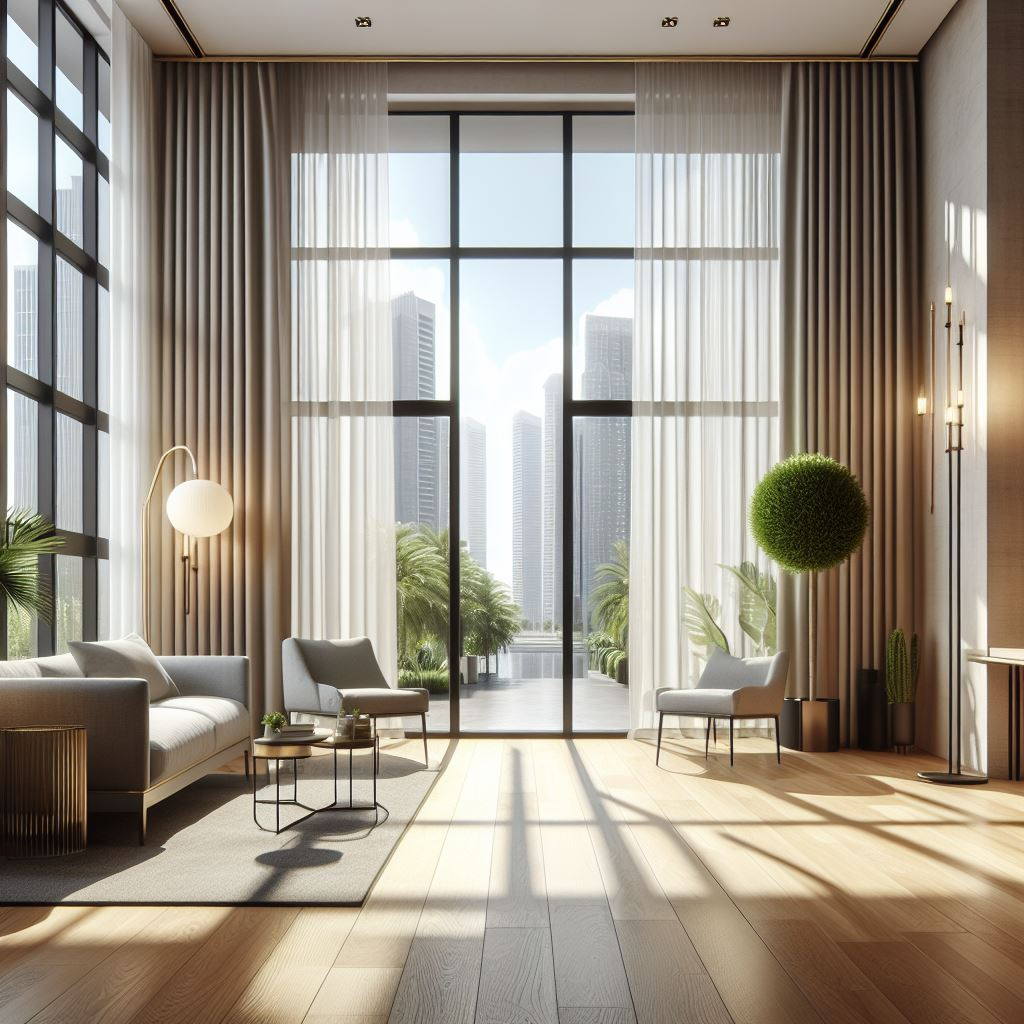The Importance of Natural Light in Modern Design
In our fast-paced, urban lives, we find ourselves spending the majority of our days indoors. Whether it’s at home, in the office, or other enclosed spaces, we often miss out on the health benefits associated with sunlight exposure. But fear not! Architects and designers have a powerful tool at their disposal: natural light. Let’s explore why it matters and how designers can harness its potential.
1. The Health Benefits of Sunlight
Vitamin D Absorption
Sunlight is our primary source of vitamin D. When our skin is exposed to sunlight, it triggers the production of this essential vitamin. Vitamin D plays a crucial role in bone health, immune function, and overall well-being.
Regulation of Circadian Rhythms
Natural light helps regulate our internal body clock. Exposure to sunlight during the day keeps our circadian rhythms in sync, promoting better sleep patterns and overall health.
Enhanced Mood and Energy Levels
Sunlight stimulates the production of serotonin, the “feel-good” hormone. It lifts our spirits, improves focus, and boosts energy levels. Lack of natural light, on the other hand, can lead to feelings of lethargy and even depression.
2. Designing with Natural Light
Balancing Act
While natural light is essential, too much direct sunlight can have adverse effects. Glare, heat gain, and fading of materials are common issues. Designers must strike a balance by controlling the amount of light that enters a space.
Strategies for Effective Natural Lighting
- Orientation and Window Placement: Consider the building’s orientation and position windows strategically. South-facing windows receive the most sunlight, while north-facing ones provide softer, diffused light.
- Window Treatments: Install window treatments like blinds, curtains, or films to manage light levels. These can be adjusted throughout the day to control glare and heat.
- Skylights and Light Tubes: Introduce skylights or light tubes to bring natural light into interior spaces. They work especially well in areas with limited wall space for windows.
- Reflective Surfaces: Use reflective materials like mirrors or polished floors to bounce light deeper into a room. This enhances the sense of spaciousness and brightness.
- Light Wells and Atriums: Create light wells or central atriums that allow light to penetrate deep into multi-story buildings. These architectural features add drama and visual interest.
3. Aesthetic and Emotional Value
Natural light isn’t just functional; it’s also a design statement. Through inspiring projects, architects have demonstrated creative ways to use light as an integral part of modern spaces. From sculptural skylights to carefully framed views, natural light becomes an architectural element that shapes our experience of a place.
Conclusion
As designers, we have the responsibility to harness natural light thoughtfully. By prioritizing health, energy efficiency, and aesthetics, we can create spaces that not only look beautiful but also enhance our well-being. So, let the sun in, and let it illuminate our lives and designs! 🌞✨

Leave a Reply